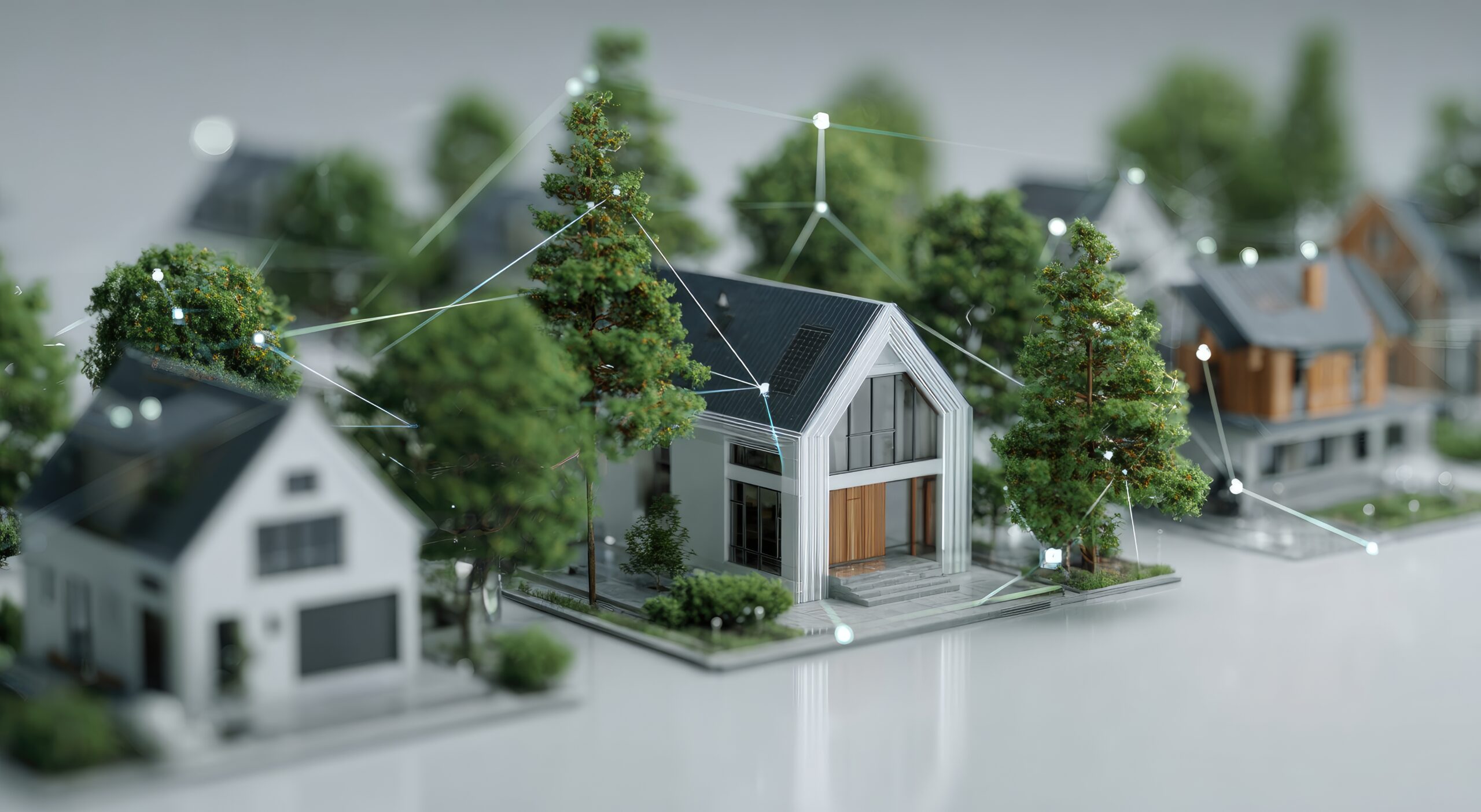Smart Neighborhoods: Local Energy, Data, and Participation

Beyond the marketing of “smart cities,” true urban innovation is happening on a smaller scale.
Over the past two decades, the term “smart city” has dominated urban discourse. It was typically associated with large digital infrastructures, sensors distributed throughout the city, and centralized control systems. But that vision, while ambitious, often felt disconnected from the everyday lives of residents. Today, the evolution is moving toward “smart neighborhoods,” where technological innovation is combined with citizen participation and, above all, decentralized energy management.
In a world where, according to the United Nations, 70% of the population will live in cities by 2050, the challenge is not just to make cities bigger, but more human and sustainable. And that starts in the neighborhoods. In this sense, the change in scale is key. A city with millions of inhabitants is difficult to manage in real time, while a neighborhood — with a few thousand residents — becomes a perfect laboratory to test new solutions. Here, energy communities, shared batteries, low-temperature thermal networks, air quality sensors, or open data platforms are being tested, allowing residents to get involved in concrete decisions, aiming to improve well-being, health, and resilience.
From the Smart City Concept to the Smart Neighborhood
The first issue is energy. In the European Union, there are already more than 2,000 active or forming energy communities, supported by directives such as RED II/III that recognize citizens’ rights to produce and manage their own energy. In Spain, MITECO, through the CE Implementa program (managed by IDAE), has already funded 128 pilot energy community projects, with a total investment of €71.8M and new funding lines worth an additional €120M. Recently, 27 new energy communities were approved with a shared self-consumption model that is beginning to take root in schools, sports centers, and municipal buildings.
In Pamplona, a local energy community managed with the cooperative Goiener allows hundreds of residents to share solar panels and reduce their electricity bills by up to 30%. And in Valladolid, several apartment blocks have connected photovoltaic rooftops with storage systems to stabilize consumption during peak hours. Beyond energy, Eixample Respira in Barcelona is a flagship example of a smart neighborhood: with superblocks that limit traffic and sensors that monitor air quality, the neighborhood not only reduces pollution but also measures in real time how mobility habits and resident well-being change.
Outside Spain, in Amsterdam, the Buiksloterham innovation district functions as a testing ground for the circular economy: buildings share residual heat, solar microgrids, and rainwater harvesting systems managed by the residents themselves. In Freiburg (Germany), a pioneer in urban sustainability, low-temperature heating networks have been deployed with strong community involvement in the design and management of services.
This wave is joined by broader European projects. SmartQuart, in Germany, connects several neighborhoods through a “Smart Hub” that coordinates renewable generation, electric mobility, and thermal management in real time. A precursor to all this was the COSSMIC project, which explored solar energy exchange between neighbors via peer-to-peer platforms, adjusting production and consumption based on weather forecasts. These examples show a clear trend: the neighborhood as the ideal scale for the energy transition. Not too large to get lost in bureaucracy, nor too small to lack critical mass.
Examples, Opportunities, and Challenges
The social component is just as important as the technological one. The Italian startup Planet Smart City has shown that smart neighborhoods can also be created in affordable housing contexts. With projects in Brazil, India, Italy, and the U.S., it combines IoT sensors, community apps, and local managers who promote resident participation and collaborative living. The idea is that a neighborhood’s intelligence lies not only in its software but in its citizens’ ability to organize and make decisions about their environment.
Returning to the energy field, peer-to-peer trading platforms allow a neighbor with solar surplus to sell it directly to another, without intermediaries. A recent study warns that these solutions still require greater interoperability, but their potential to reduce costs and foster local resilience is enormous. In parallel, European initiatives like NRG2Peers are testing gamified platforms that encourage residents to participate in energy management.
However, it’s not all advantages. These models also carry risks and dilemmas. Digital exclusion can leave out vulnerable groups who don’t use mobile apps or lack devices. Privacy is another sensitive issue: consumption, mobility, or air quality data are personal and require transparent and ethical use. And regulation, while progressing, still imposes procedures that slow down the implementation of energy communities or neighborhood microgrids.
Spain has a strategic opportunity in this area. Its network of engineering firms and SMEs in installation, software, and maintenance could become a driving force behind these transformations. Companies like SENER, with over a decade of experience in thermal storage in solar thermal plants, can transfer their know-how to urban environments. Additionally, the academic and technology transfer ecosystem in our country offers the capacity to design district digital twins or optimization algorithms for local energy networks.
In the end, a smart neighborhood is not a technology showcase, but a space where innovation translates into tangible benefits for daily life: less pollution, lower bills, greater resilience to blackouts, and above all, a more active and aware community. The true urban revolution will not be measured by how many sensors a city installs, but by how many neighborhoods manage to produce, share, and decide their own energy collaboratively. That’s also where the transition to a more livable, sustainable, and sovereign Europe is being shaped.




